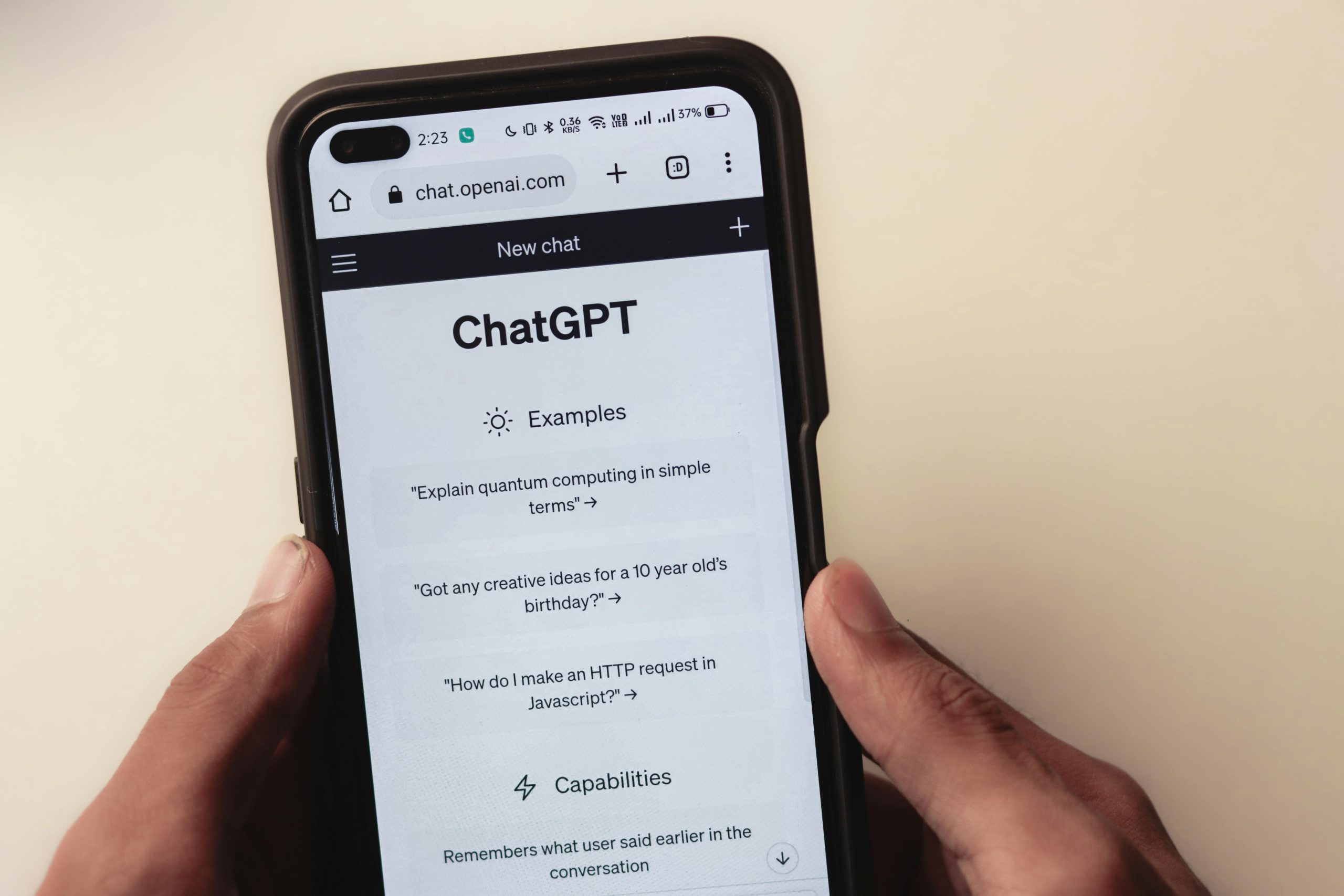
IV. The Human Toll: Quantifying the Disruption Across the User Base
The scope of the failure quickly expanded beyond the initial target group of hardware key users, revealing a deeper, more systemic logic flaw within X’s security architecture. The administrative burden placed on users turned into a massive human toll across various user segments.
Exclusion of Non-Hardware Two-Factor Authentication Users
Perhaps the most damning evidence of a core systemic flaw was the scope creep of the error. Reports poured in indicating that the login failure inexplicably affected users who relied solely on less advanced but perfectly valid 2FA methods. We are specifically talking about users relying on:
- Standard authenticator applications (like Google Authenticator or Authy).
- Simple one-time passcodes (OTPs) sent via SMS.
- Emergency Patch Deployment: The rapid creation and deployment of hotfixes designed to override the faulty re-enrollment requirement for all accounts, effectively “whitelisting” them past the broken check.
- Software Rollback: The more drastic, but sometimes necessary, strategy of rolling back the authentication service—or the entire domain migration configuration—to a prior, stable state that existed before the November 10th enforcement deadline.
- Diagnostic Observations: “It only fails if you use the browser extension; try the native app.”
- Workaround Sequences: “Delete the key, then immediately log out and try to log in again with *only* your password to force a manual 2FA prompt, then try the key re-enrollment *there*.”
- Collective Speculation: Theories regarding which backend services were timing out, which helped others understand the root technical challenge.
- Robust, Backward-Compatible Migration: New domains must run parallel with old ones for authentication binding for a significant grace period, allowing keys to update seamlessly without a hard cutoff that risks locking users out of the system they are trying to protect.
- Crystal Clear, Tiered Communication: The company must communicate precisely *who* is affected (e.g., “Only users with FIDO2 keys bound to old domain”) and *what* the required action is, avoiding vague warnings that sweep up users on simpler 2FA methods.
- Mandatory Pre-Testing: A comprehensive, high-volume load test of the re-enrollment sequence, using a large, statistically significant segment of real, diverse hardware keys, is not optional—it is a prerequisite for any such hard switchover.
This strongly suggests a logic flaw that incorrectly cross-referenced security states across different authentication tiers. If the backend intended to only check security key bindings, why would an SMS OTP user be locked out by a message referencing key re-enrollment? This indicates the domain switchover process may have triggered a global re-evaluation of all 2FA settings, or that the “key” used to unlock the account was incorrectly flagged as “missing” for *all* users who hadn’t manually re-validated their status, regardless of their chosen secondary method.. Find out more about X platform security key switchover failure.
The Immediate Impact on High-Profile and Business Accounts
The consequences were not limited to the average consumer trying to check their feed. The paralysis felt by public figures, essential businesses, and organizations heavily reliant on the platform for official communication was immediate and severe. When the platform is the primary, or only, recognized channel for official announcements—a situation the platform itself has encouraged—an inability to access those channels during a critical news cycle or operational moment represents a tangible business continuity failure.
Imagine a corporate communications department, unable to issue a vital update due to the login failure, while their competitors—or malicious actors—continue to broadcast unimpeded. This event underscored the severe risk incurred when foundational infrastructure stability is sacrificed for rapid cosmetic or structural rebranding. For businesses navigating complex regulatory environments, this loss of access raises serious questions about compliance and data accessibility. To understand the risks associated with centralized communication platforms, look into the concept of platform centralization risk assessment.
V. The Company’s Stumble into Crisis Management
In the crucial hours following a system-wide authentication failure on a globally used platform, the quality and speed of the official response are paramount. In this instance, the organizational response seemed to lag significantly behind the severity of the technical collapse.
Initial Silence and Delayed Acknowledgment of the Scope
The first few hours were characterized by a noticeable, almost deafening, silence from the platform’s official communication channels. This initial vacuum was quickly filled by user speculation, anecdotal evidence, and frustration boiling over on competing social networks. The contrast was stark: the platform, which often thrives on immediate, authoritative communication, was itself silent, failing to provide clear guidance as the problem escalated.. Find out more about X platform security key switchover failure guide.
This sluggishness, observers noted, contrasted sharply with the company’s public-facing persona—one that often prioritizes immediate, high-volume posting over measured, detailed explanation. The lack of an authoritative voice confirming the *scope* (Was it just hardware keys? Was it everyone?) only compounded user panic and fueled the perception that the engineering teams were overwhelmed or, worse, unaware of the depth of the problem.
The Implementation of Potential Software Rollbacks and Fixes
As the crisis matured from an outage into a sustained lockout event, the engineering efforts to mitigate the damage eventually became visible, albeit indirectly. The whispers from within the community pointed toward emergency measures, signaling a tacit admission of a critical operational failure.
The reported strategy centered on two potential tracks:
A successful rollback would provide immediate relief but would also mean that the entire, highly-publicized domain retirement was temporarily—or even permanently—undone on the technical side, a massive reputational blow to the rebranding effort. Read more about the challenges of emergency software rollback procedures in large-scale deployments.
VI. User Navigation Through the Maze of Failed Login Attempts
For the millions locked out, the technical issue translated into a visceral, moment-to-moment battle against the login screen. The user experience was not one of waiting for a fix, but of actively, fruitlessly, trying to execute a broken command.
The Frustration of Perpetual Verification Looping
This was the defining feature of the November 12th crisis: the perpetual verification looping. A user, seeing the prompt to “re-enroll,” would plug in their YubiKey, tap it, receive the “success” confirmation on the key itself, and then be redirected by the platform back to the *exact same unresolvable verification prompt*. It was maddening.
This cycle effectively trapped them outside their own account indefinitely. The system acknowledged the key interaction but failed to update the user’s database record to reflect the new x.com binding. The user was essentially stuck in a security limbo—the platform wouldn’t let them in without the new key, but it also wouldn’t recognize that they had provided it. This particular failure mode is often indicative of a database transaction timing out or failing to commit during a high-load event, leaving the user’s session in an indeterminate state.
The Emergence of Workarounds and Community-Sourced Solutions
In the absence of swift, official, and comprehensive support channels, the true engine of recovery became the platform’s own user base. Community forums, independent technology message boards, and even rival social platforms became the de facto, crowd-sourced support network.. Find out more about X platform security key switchover failure strategies.
Users, often security professionals themselves, began sharing:
This level of user ingenuity is remarkable, but it also serves as a harsh indictment of the official support structure. When the community is the only viable path to account recovery, it signals a fundamental breakdown in the provider-user relationship.
VII. Broader Implications for Digital Security Trust. Find out more about X platform security key switchover failure technology.
This event transcends a simple service outage. It serves as a critical case study in how implementation quality directly impacts the public perception of digital security itself. The failure wasn’t in the concept of strong authentication; it was in the execution of migrating that concept.
A Litmus Test for the Efficacy of Advanced Authentication
This highly visible failure has become a powerful litmus test for the efficacy and reliability of advanced authentication measures like hardware keys and passkeys. For years, security advocates have pushed for these standards as the antidote to phishing and credential stuffing. But what message does it send when the platform enforcing this standard locks out its most diligent users?
For the average user, the takeaway isn’t “I should use better security”; it’s “Security measures are unreliable and will lock me out.” This incident can sow seeds of doubt about the entire ecosystem of modern digital authentication for years to come, potentially pushing users back toward less secure, more easily recoverable methods like SMS OTPs or simple password resets. The long-term damage to the push for passwordless authentication adoption may be significant.
Analyzing the Leadership’s Relationship with Infrastructure Stability
It is impossible to view this technical collapse in a vacuum. It fits squarely within a broader, more worrying pattern of operational volatility witnessed since the company underwent massive organizational restructuring. The stability of essential, user-facing services like authentication—the literal front door to the platform—becomes a direct proxy for the success, or failure, of the overall corporate strategic vision.
When core infrastructure stability falters repeatedly, the public and the industry begin to question the depth of the institutional knowledge remaining within the organization. It suggests that the speed of strategic pivots, like the total branding change and domain retirement, is vastly outpacing the capacity for stable, conservative engineering execution. The entire incident puts a harsh spotlight on the company’s priorities. For more context on the relationship between corporate structure and stability, you can review reports on organizational restructuring impact on IT resilience.
VIII. Concluding Thoughts on Accountability and the Path Forward
The dust has settled from the immediate crisis of November 12th, but the fallout from this operational stumble will linger far longer than the initial login frustration.
The Long-Term Damage to Platform Reliability Perception
Beyond the immediate, tangible difficulty of regaining account access, the most significant hurdle for X moving forward is the lasting perception of its platform reliability. For many users and businesses, the platform is no longer seen as merely *volatile* or *quirky*; it is now fundamentally unreliable concerning the most sacred data a user possesses: their account access and security integrity.
This damaged perception is a massive drag on future growth and user retention strategies. When trust is eroded at the foundation—the login mechanism—all other features, from new content products to ad revenue potential, become suspect. Rebuilding that perception requires a level of transparent accountability that has often been absent in the platform’s recent history.
Future Imperatives for Secure Domain Transition Protocols
This incident must serve as a painful, public lesson for the entire industry. When major infrastructure changes are required, particularly those involving cryptographic identity like domain changes, security enhancements must never inadvertently become agents of user disenfranchisement and account seizure.. Find out more about Users locked out of X hardware security keys insights information.
What industry leaders must take away from this debacle are clear, actionable imperatives for any large-scale service update moving forward. We need:
The ideal security protocol ensures that upgrading your protection never means risking your access. This latest event is a stark reminder that in the digital realm, the quality of the process is just as important as the stated goal.
What was your experience during the November 12th lockouts? Did you get caught in the loop, or did your migration go smoothly? Share your story and your thoughts on how platform operators should handle mandatory security updates in the comments below!










